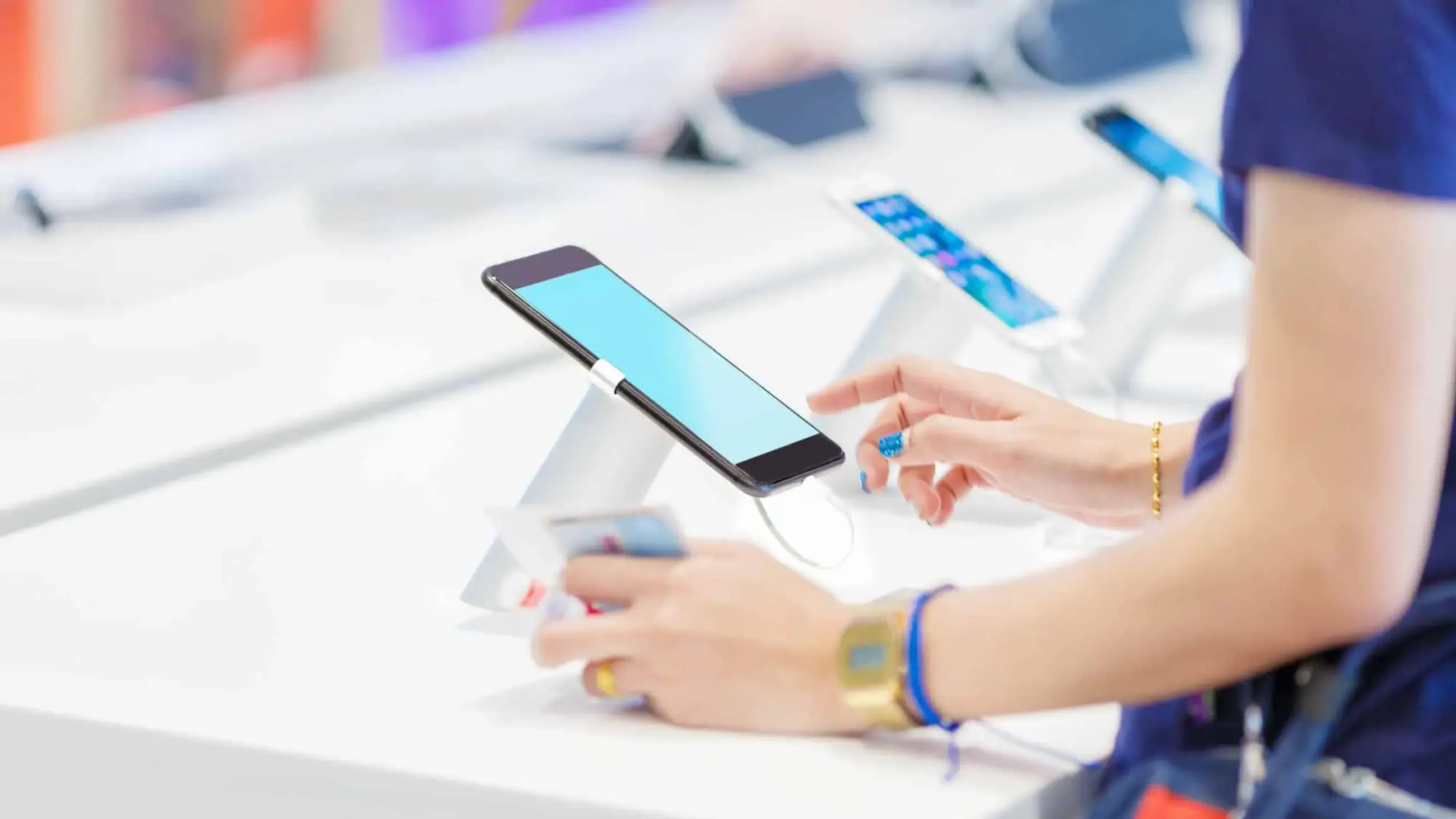When you google ‘workplace trends’, you will find hundreds of predictions on what our workplaces might look like in the future. Many centre around two themes – employee experience and the increasing use of technology.
The employee experience has seen many iterations over the years and has evolved to become more complex, moving beyond employee experience into employee well-being and happiness. Employee experience and happiness have become so important that we now have teams and companies dedicated to making sure we are happy at work. However, not everyone has hit the mark. Recent research by Bryter found that half of employees in the UK are happy at work, with the other half being somewhat happy or unhappy.
Technology impact on employee happiness
Technology has also become increasingly important in the workplace. It helps us be more productive, stay connected, and be more flexible in how we work. But when it goes wrong, it can create a lot of pain - 15% of those who are thinking about leaving their company in the next 12 months cite bad technology as one of the reasons for leaving. Technology also contributes to workplace unhappiness. When we spoke to unhappy employees, 51% said that the technology at work makes them feel like they have to be ‘always on’ and 57% felt that work technology undermines their work-life balance.
However, when we look at happy employees, we can see that technology plays a role in their happiness. As expected, less tangible things such as having great work environment and feeling valued are driving factors in workplace happiness, but happy employees are more likely to say that their workplace technology contributes to them feeling this way (in fact, 39% of happy employees say that the technology their employer provides makes them feel valued). So, there is potential for technology to play a role beyond the functional and be used to support workplace culture.
How can an employer use technology to support happiness?
An obvious answer is having technology that allows employees to work from home, but this alone isn’t effective. Our study showed that the ability to work from home doesn’t necessarily mean more happy employees. It also showed that unhappy employees don’t necessarily work more hours than their happy counterparts. So in theory, perceptions of work-life balance should be quite similar across happy and unhappy employees.
This suggests that the way employees engage with and perceive workplace technology can have an impact on happiness. This presents an interesting challenge for employees. You can invest in the best technology out there and make sure it functions correctly. But how do you help employees get the practical benefits of this technology and use it in a way that supports (and not undermine) workplace happiness?
A good place to start is workplace policy around technology - happy employees are less likely to be dissatisfied with workplace policies around technology. While it is beneficial to trial technology to see how it best fits within the uniqueness of each workplace, there will be a point where clear rules are needed to ensure positive employee behaviour (such as creating a line between work and home). Policies that are simple and prescriptive around how technology should be engaged with will go a long way in encouraging positive behaviours and ultimately workplace happiness.
Next is to is walk the talk. Implementation of these policies are just as important as having them in place. Employers should look to find ways to optimise their technology in a way that nudges their employees to engage in positive behaviour. For example, creating a prompt to encourage employees to take a break when they’ve used a device for a long time.
While many employers are moving in the right direction, our research shows that there is more to do. It would be great to see more employers working with their technology providers to ensure that technology policies support employee happiness and are implemented in impactful ways. Technology is only going to further embed itself into our work lives so ensuring that technology helps rather than hinders workplace happiness should be a priority for all.
Anzie Huynh is an Associate Director at Bryter, specialising in Behavioural Economics. You can reach her at anzie.huynh@bryter-uk.com.




